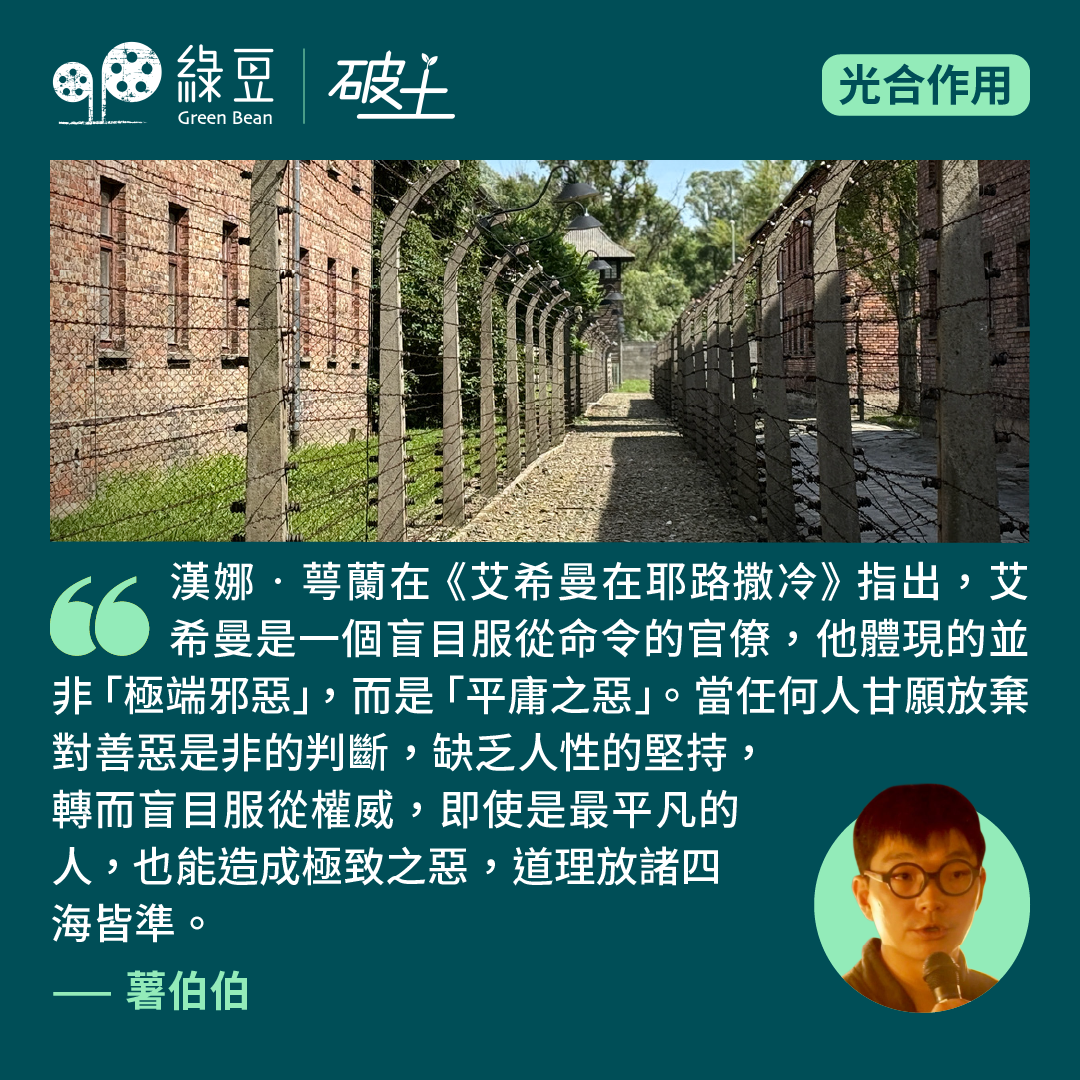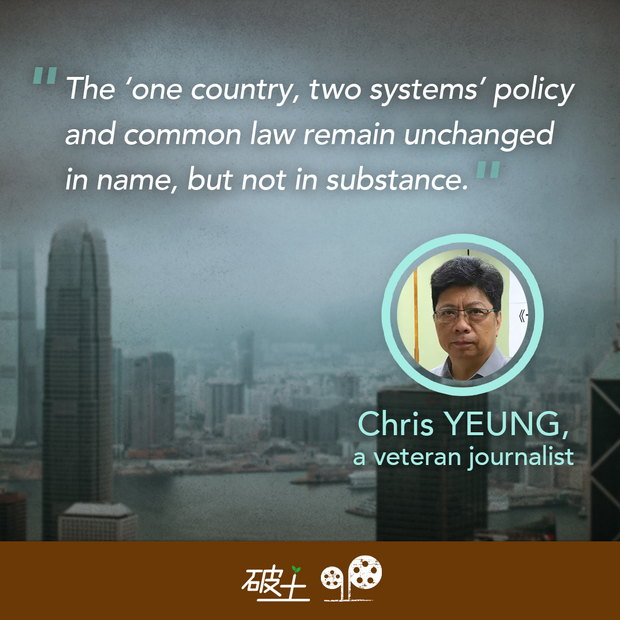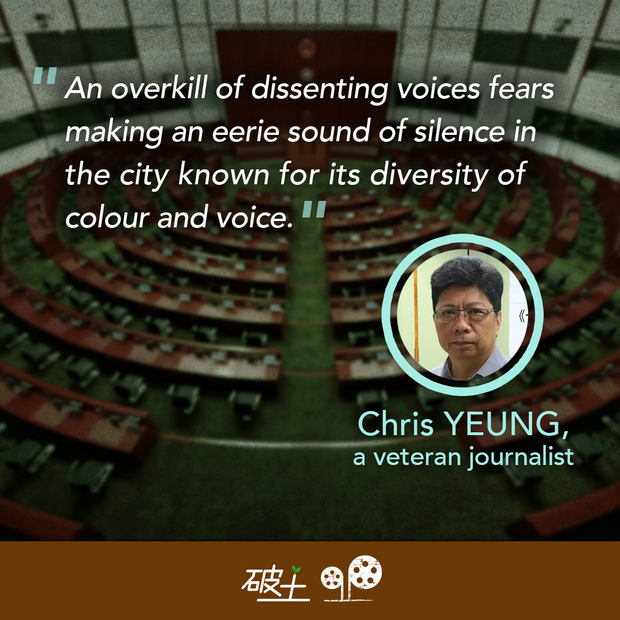A one-hour living circle on map, not in reality

Amid concerns about the applicability of China’s criminal law at the West Kowloon rail terminus, the Express Rail Link connecting Hong Kong to Guangzhou in 40 minutes was launched with fanfare in September 2018. One month later, the Hong Kong-Zhuhai-Macau Bridge was opened.
At a price tag of over HK$100 billion each, the inauguration of the two cross-border transport and infrastructure projects have signified the beginning of a new phase of integration between Hong Kong and the mainland, in particular the southern Guangdong province.
Together with the new land boundary control point at Liantang/Heung Yuen Wai in New Territories, former Chief Executive Carrie Lam Cheng Yuet-ngor declared in her 2018 Policy Address “a one-hour living circle” encompassing Guangdong, Hong Kong and Macao was basically formed.
As part of the integration plan, the central government has rolled out a series of measures to facilitate Hongkongers living, working and studying in the mainland beginning from 2017.
Top officials bought homes in Pearl River Delta cities, adding more heat to the “go PRD” fever.
Five years on, the “one-hour living circle” still exists on map, but not in reality, at least for now.
Due to China’s “dynamic-zero” anti-Covid strategy, the border between Hong Kong and the mainland has been largely closed.
The high-speed rail link stopped running in 2020 with no timetable of resumption. There was one special train though since then that saw President Xi Jinping arriving at the West Kowloon station to officiate the ceremonies of the 25th handover anniversary on July 1.
Lauded for its magnificent structure, the cross-border bridge is now just that, with the number of vehicles falling to a deplorable low.
The grand plan of integrating the city closer with the hinterland by boosting transport links while formulating friendlier policies for Hongkongers has been derailed since the outbreak of the Covid epidemic in late 2019.
Under the stringent anti-Covid measures, the nation has been virtually shut down, causing enormous inconvenience and difficulties for people who need to travel in and out of the country.
The first sign of the pandemic taking its toll on Hong Kong people in the mainland emerged in Hubei province in spring 2020 after the massive outbreak of the virus in Wuhan. Thousands of Hong Kong were stranded in the central province. Faced with enormous pressure, the Government had arranged chartered flights for those who wanted to return to the city.
With hindsight, their plight is a curtain-raiser to the protracted inconvenience, if not pain, faced by tens of thousands of Hongkongers who, if not for the COVID, would have traveled frequently across the border. Many of them may now have to make a choice between Hong Kong and the mainland.
Fast-forward to 2022. More real-life difficulties in cross-border integration have come to the surface. This time, the Government is faced with calls for special flights to send thousands of Hong Kong students to the mainland for their studies before schools open in September.
Patience among the government-friendly political parties and lawmakers wore thin as government talks with the mainland for friendlier quarantine arrangements for Hong Kong people traveling to the mainland seem to be mere talk with no walk.
Ben Chan Han-pan, a lawmaker of the Democratic Alliance for the Betterment and Progress of Hong Kong, said party chief Starry Li would write to the Liaison Office to ask that the mainland accept a so-called “reverse isolation” proposal. Under the proposal, Hongkongers could quarantine in the city before they cross the border, thus completing the quarantine requirement for entering the mainland.
Travelers who go to the mainland currently need to be quarantined in a hotel for seven days, followed by three days of home surveillance. They can take part in a lottery for one of about 2,000 daily quota slots for crossing the border, which far lags demand.
With no sign of an end of the epidemic but more indications that the virus will not go away anytime soon, the mainland’s anti-Covid quarantine measures have cast a long shadow over integration, at least in the short-term.
Massive spendings on infrastructure could drastically shorten the time for travel across the border. But the gap between the systems and strategies such as anti-Covid in the mainland and Hong Kong and many parts of the world is too big to fill.
Chaotic scenes at an Ikea store in Shanghai on August 13, with shoppers trying to escape as authorities tried to quarantine them and those featuring stranded tourists in Hainan are no isolated cases.
They are the routine features of China under Covid that may prompt more to rethink the idea of living, studying and working in the mainland.
A one-hour living circle makes little sense if there is a mountain to climb to travel across the border.
▌[At Large] About the Author
Chris Yeung is a veteran journalist, a founder and chief writer of the now-disbanded CitizenNews; he now runs a daily news commentary channel on Youtube. He had formerly worked with the South China Morning Post and the Hong Kong Economic Journal.





